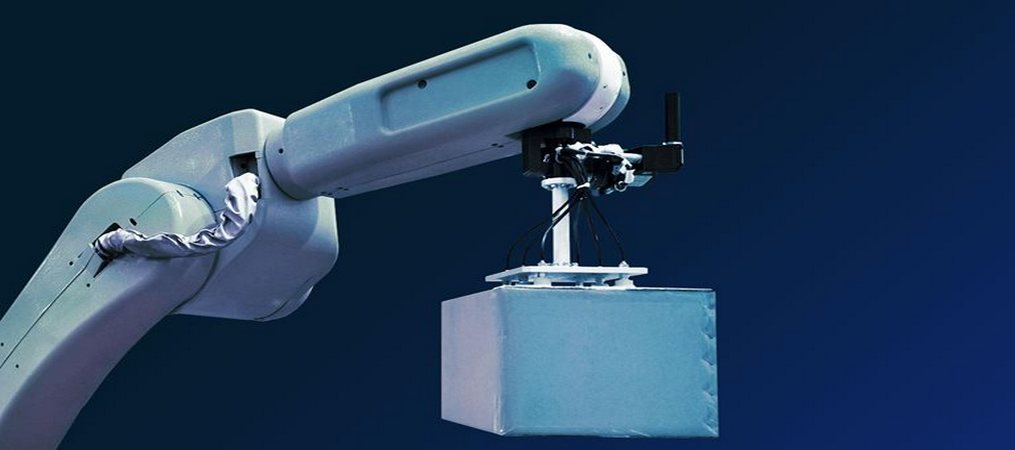
Retail Automation
Retail is under pressure. Attacks have been emphasized on all sides: higher costs for managing e-commerce supply chains, growing demands from suppliers to move on to raw material cost inflation, greater investment to match new competition, and ever-increasing labor costs. As retailers struggle to adapt and even survive, they are increasingly seeking automation to address margin issues and demanding customer expectations. Automation, however, is a new capability for all but digital users, and the sophistication in access depends on it.
Half of retail activity can be automated using current, extensive technology. While this number is alarming, the change will be less about losing a job and more about the evolution of jobs, job creation and reuse. Only about 5 percent of all jobs can be fully automated with current technology, and automation will lead to job creation as companies invest in growth.
The pressure is growing, driven by more intense competition, investment in e-commerce and the push to increase pay. While these cost pressures are not new, many marketers have already exhausted traditional cost-cutting levers. Unable to transfer costs to their customers in this hypercompetitive environment, marketers use automation to support and increase margins.
These pressures are consistent across retail sub-sectors. Our analysis suggests that typical grocery and hypermarket salespeople face 100 to 150 basis points of margin pressure, and typical specialty apparel or department stores 350 to 500 basis points. A comprehensive automation program can significantly offset those crosswinds. Automation initiatives across store, supply chain and switchboard functions can generate 300 to 500 basis points of incremental margin, which retailers can reinvest in their growth opportunities.
An evaluation of the available automation technologies shows that typical retail stores with up to 55 to 65 percent less hours can already operate. Critical components include electronic edge labels, self-monitoring terminals, and shelf-scanning robots and partially automated unloading. These technologies have been proven in scope and offer internal rates of return higher than previous retail barriers, but there are few sellers who are quickly moving into implementation.
In some cases, the bottleneck is a lack of skills and abilities. But one of the biggest challenges is job inertia. Retailers are struggling to break free from the soft tyranny of budget cycles and the replication of last year’s capital expenditures. Corporate finance suggests that two-thirds of companies fall into this trap. For these players, more than 90 percent of the capital expenditures of a given year simply offset those of the previous year. Only one-third of the companies are dynamic processors, consistently exceeding 30 to 40 percent in different business units or new uses over a period of five to six years, or a redeployment rate of 5 to 6% per year. Dynamic reactionaries enjoy disproportionate rewards: total shareholder growth returns almost three percentage points higher than growth at other companies over a long period of time.
To address these issues, the company has set up an agile, multifunctional work team, which in just ten weeks has created a minimum of viable products: for candidates, a mobile application tool to help review and apply for jobs; for Human Resource Managers, an online tool for reviewing and identifying potential employees. Now implemented in more than 1,000 stores, the solution not only reduced hiring time by more than 80 percent and saved administrative hours by 20 percent, but also improved the quality of new hires by applying advanced analytics in applications.
Supply chains are offering several more cases of automation, and retailers are at the forefront of deployment. Target and Valmart partnered with Svisslog to build a warehouse with automatic case selection. Ocado sells its smart platform, proprietary e-commerce storage solution, to other retailers. More generally, automated smart robots can store, depalletise and transport products, as long as they calculate optimal routes through storage. Drones and robots can also be used for security monitoring and quality checks.
McKinsey